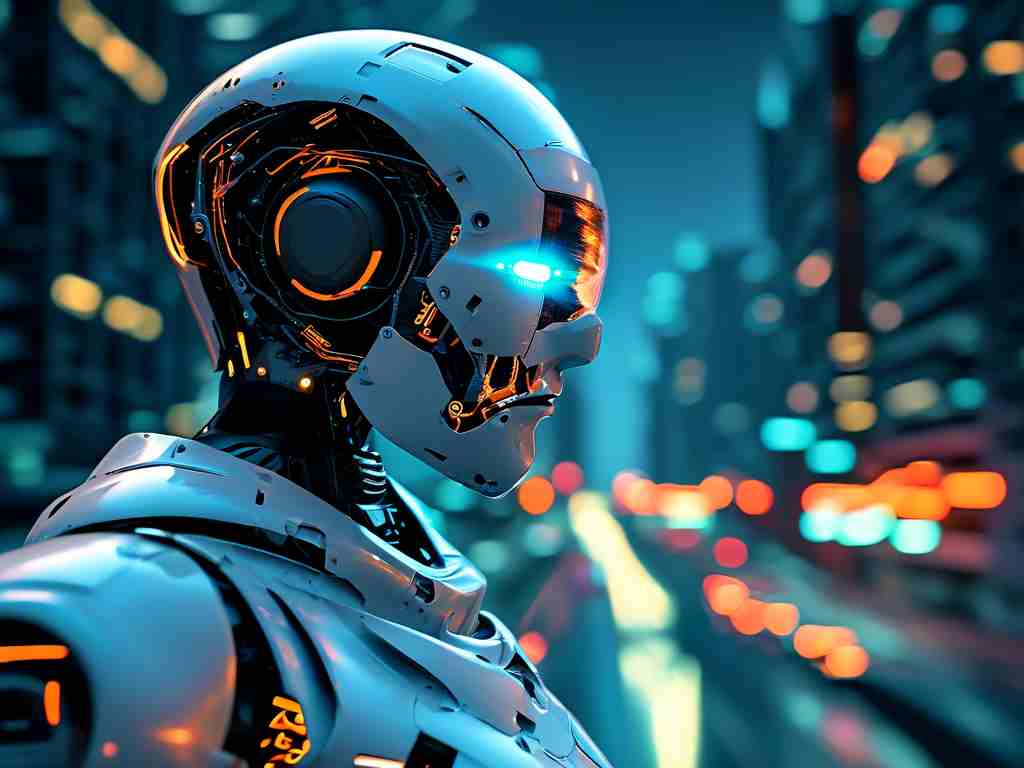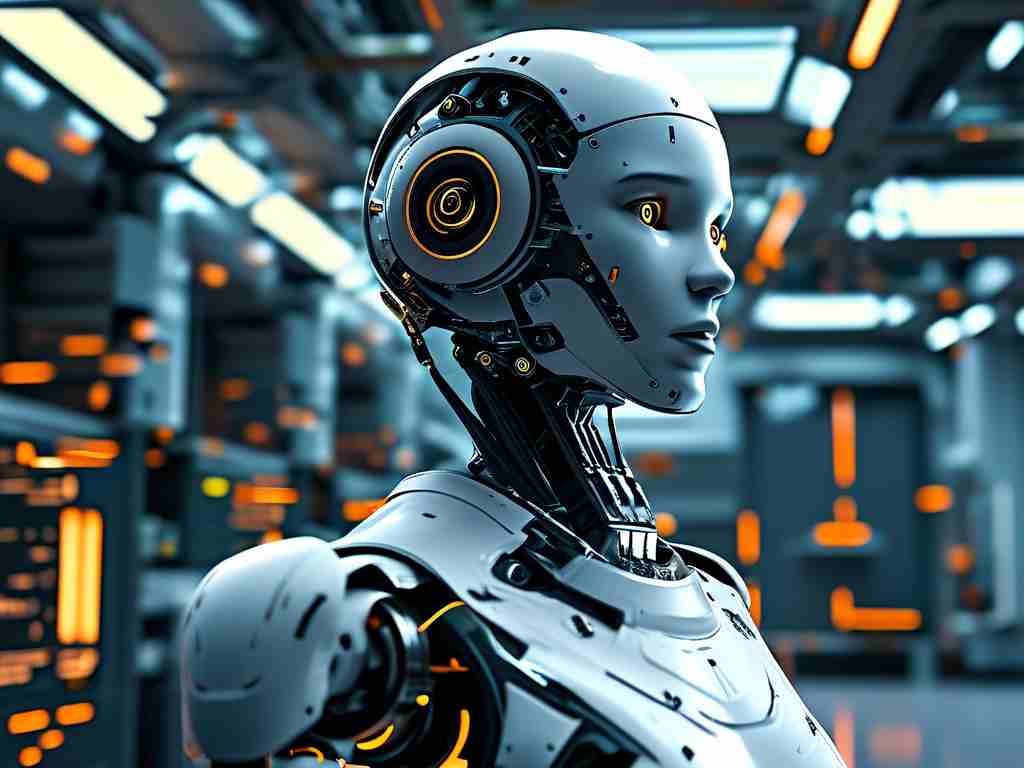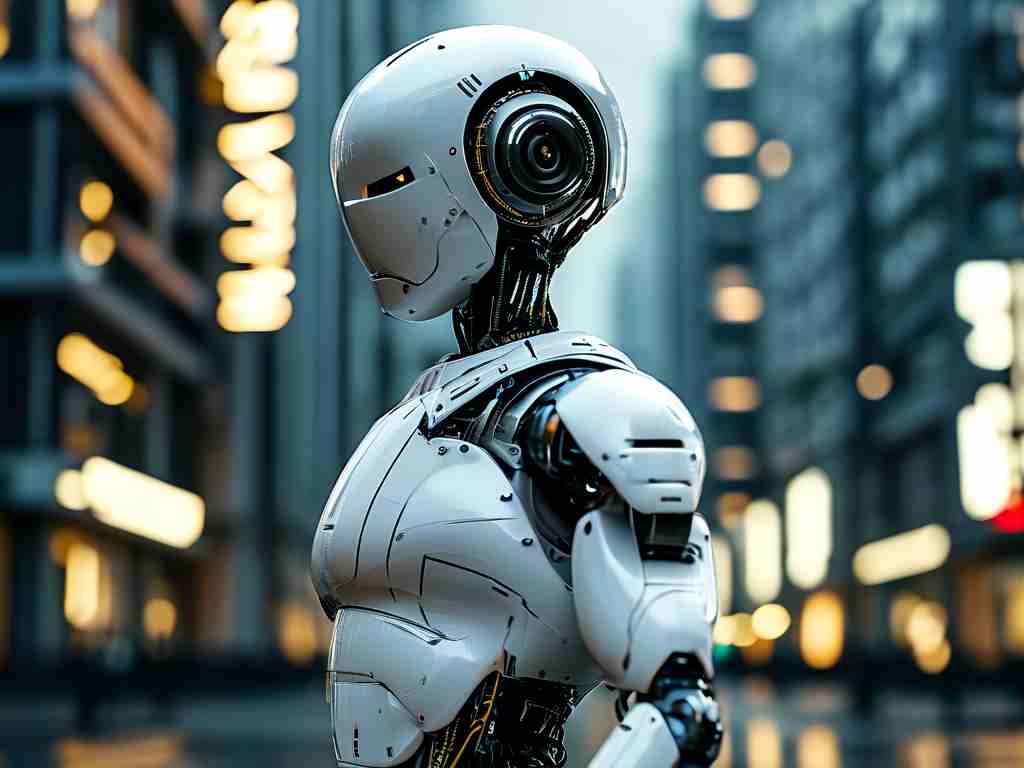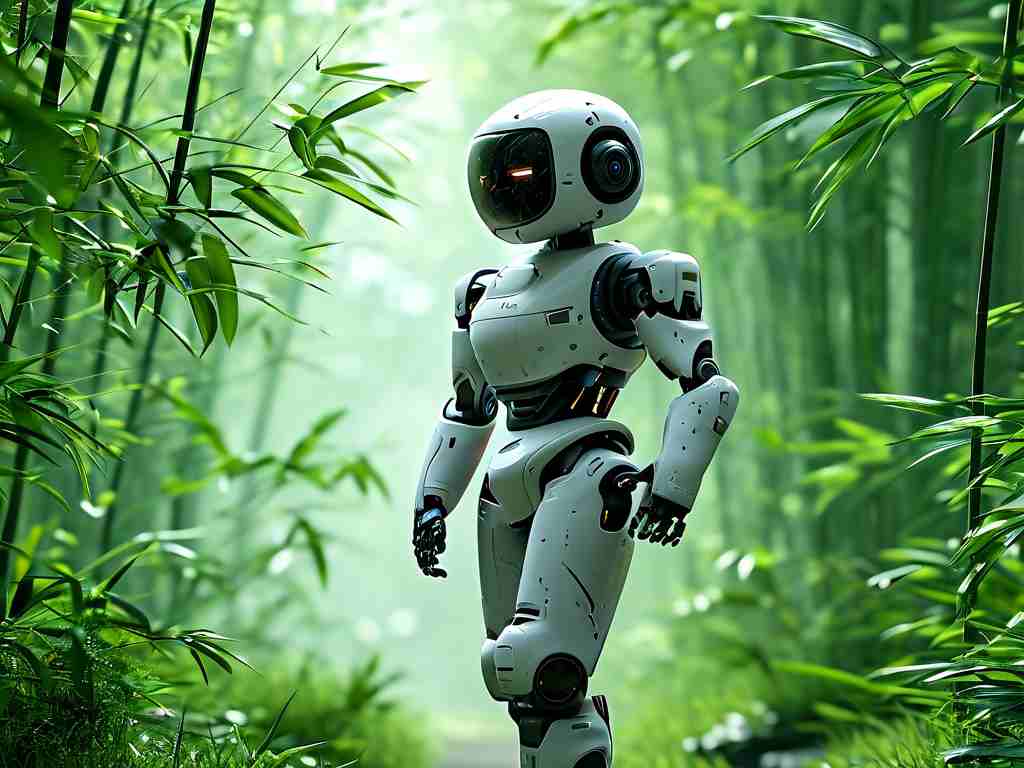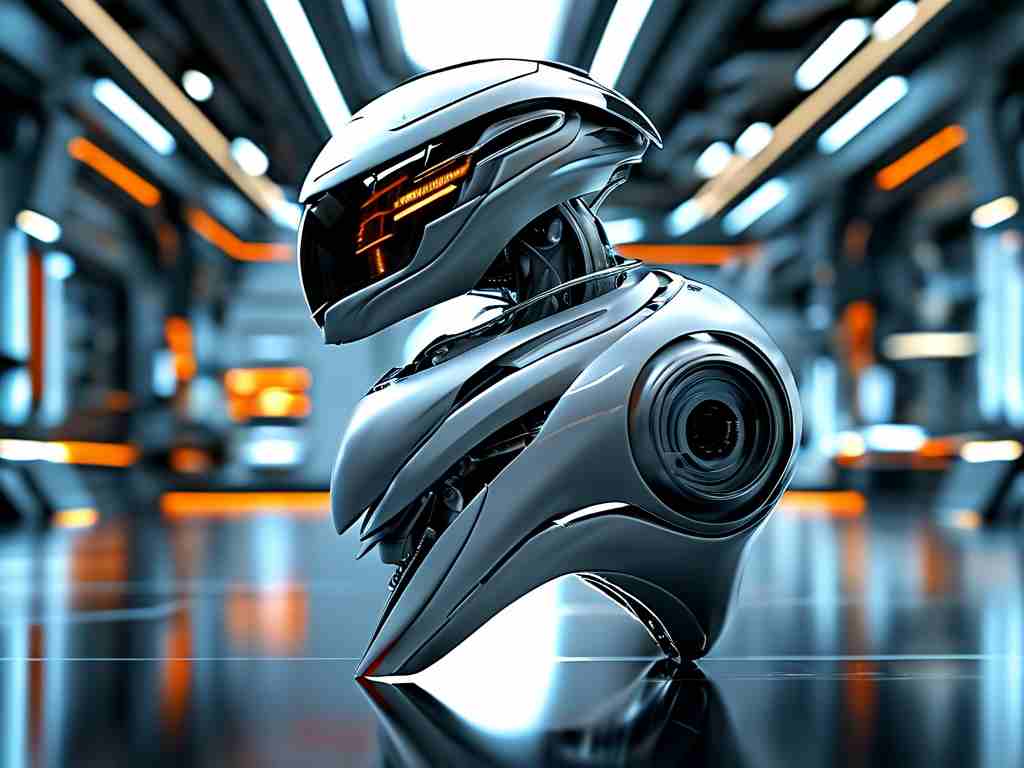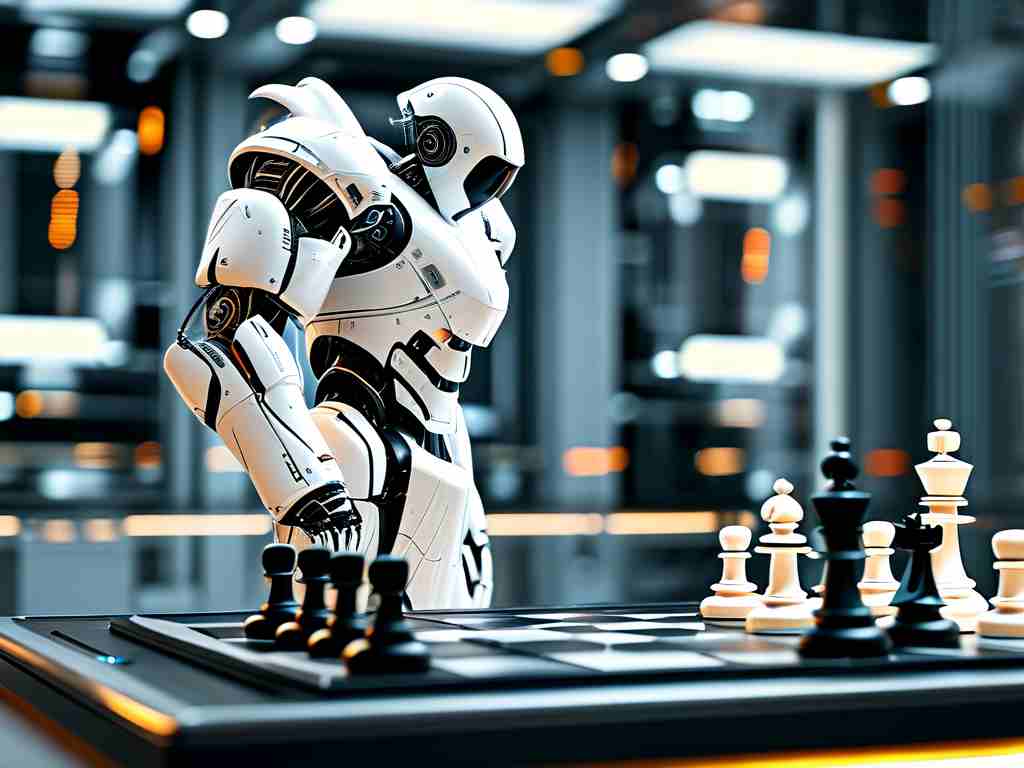The DaSheng Robotics platform represents a groundbreaking fusion of artificial intelligence, advanced mechanics, and real-time adaptive systems. Designed to address challenges in industrial automation, healthcare, and service industries, its technical architecture integrates multiple disciplines to achieve unprecedented precision and flexibility. This article explores the core principles behind DaSheng Robotics, focusing on its hardware-software synergy, sensor networks, and autonomous decision-making frameworks.
1. Hardware Architecture: Precision in Motion
At the heart of DaSheng Robotics lies its modular mechanical design. Each joint employs high-torque servo motors combined with harmonic drive reducers, enabling micron-level positioning accuracy. The exoskeleton utilizes carbon-fiber composites to balance durability and weight, critical for dynamic tasks like object manipulation or surgical assistance. A proprietary cooling system prevents overheating during prolonged operations, using phase-change materials to dissipate heat without bulky external components.
The end-effectors-the "hands" of DaSheng robots-are reconfigurable. Through magnetic coupling interfaces, tools can be swapped autonomously within 0.8 seconds, allowing rapid adaptation to tasks ranging from welding to microsurgery. This modularity extends to power systems: hybrid supercapacitor-battery units provide burst energy for high-intensity movements while maintaining 24/7 operational readiness.
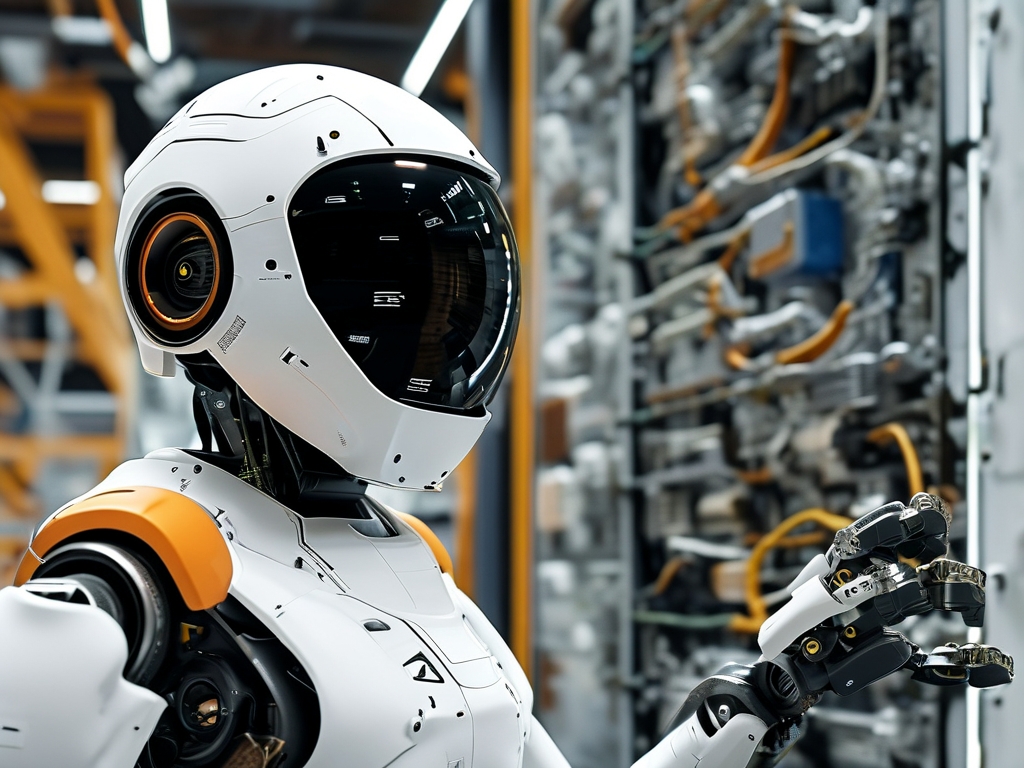
2. AI-Driven Perception and Decision-Making
DaSheng's perception system operates on a multi-modal sensor fusion framework. Stereo vision cameras with 200-fps capture rates work in tandem with LiDAR and millimeter-wave radar to create 3D environmental maps at sub-centimeter resolution. The real innovation lies in its neuromorphic processing units (NPUs), which mimic biological neural networks to process sensory data with 40% lower latency than traditional GPUs.
The decision-making layer employs a hybrid AI model:
- Reinforcement Learning (RL): Robots optimize task sequences through self-simulated trials in digital twin environments.
- Symbolic AI: Rule-based systems ensure safety compliance, overriding RL decisions when predefined risk thresholds are breached.
- Swarm Intelligence: In multi-robot scenarios, decentralized algorithms enable collaborative problem-solving without centralized control.
3. Dynamic Control Algorithms
DaSheng's motion control relies on adaptive impedance control algorithms. By continuously adjusting joint stiffness and damping coefficients, the robots can seamlessly transition between rigid industrial tasks (e.g., lifting 50kg payloads) and delicate operations (e.g., handling fragile objects). This is achieved through:
- Tactile Feedback Loops: Piezoresistive skin sensors provide 1,200 data points/cm², detecting force variations as subtle as 0.1N.
- Predictive Dynamics Modeling: Anticipating payload shifts 50ms before physical movement occurs, preventing oscillations.
4. Energy and Data Ecosystem
Power management uses quantum-inspired optimization algorithms to allocate energy based on task priority. In idle mode, non-critical systems enter a hibernation state, reducing consumption by 85%. The robots also participate in smart grid interactions, storing excess energy during low-demand periods.
Data security is enforced through blockchain-encrypted communication between robots and control hubs. Each operation generates an immutable audit trail, crucial for medical and industrial compliance.
5. Human-Robot Interaction (HRI) Innovations
DaSheng's HRI framework combines natural language processing (NLP) and emotion recognition. Using micro-expressions analysis from its 4K IR cameras, robots adapt their communication style to user stress levels. For collaborative manufacturing, capacitive proximity sensors allow humans to "guide" robots through intuitive touch gestures, blending manual and automated workflows.
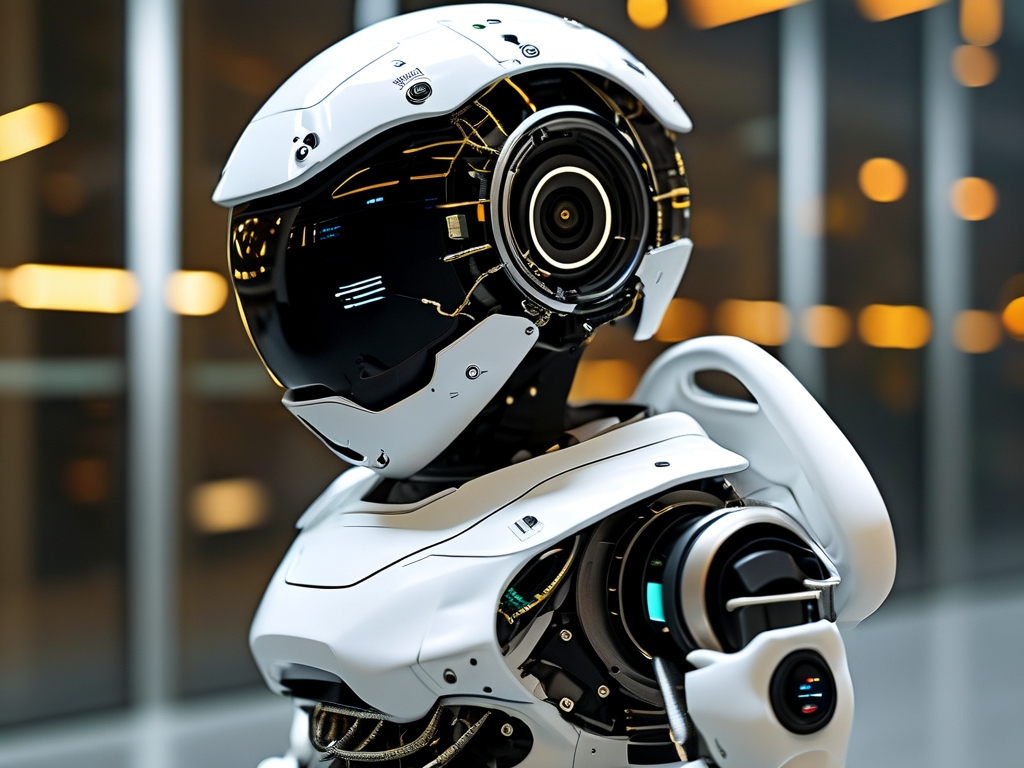
6. Applications and Future Directions
Current deployments include:
- Precision Agriculture: Autonomous pruning robots achieving 99% stem detection accuracy.
- Disaster Response: Snake-like modular robots navigating rubble via shape-morphing actuators.
- Neurological Rehabilitation: Exoskeletons using EEG feedback to assist stroke patients.
Future upgrades aim to integrate quantum computing for real-time path planning in chaotic environments and biohybrid systems incorporating lab-grown muscle tissues for organic motion generation.
DaSheng Robotics exemplifies the convergence of cutting-edge technologies, offering solutions that transcend traditional automation boundaries. By maintaining an open-source software ecosystem while patenting its hardware innovations, the platform invites global collaboration-a strategy poised to redefine robotics standards across industries.



